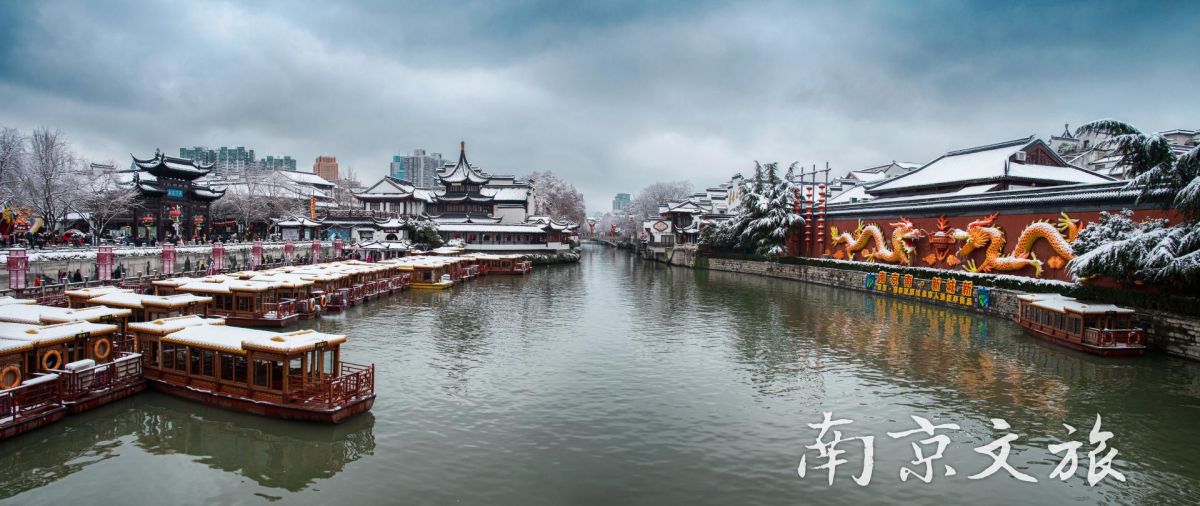Gan’s Grand Courtyard
Gan’s Grand Courtyard – a historical family complex surprised you with its richness in wealth and folk arts.
This 200-year-old grey-shingled white-walled estate is also called ‘99 rooms and a half’ to signify the vastness of the former home of a wealthy local Gan family. It occupies an area of about 1 hectare. Most rooms are restored to their early 20th century appearance. You could appreciate the grace and exquisiteness of traditional buildings and read the ups and downs of the whole family with a history of thousand years.

